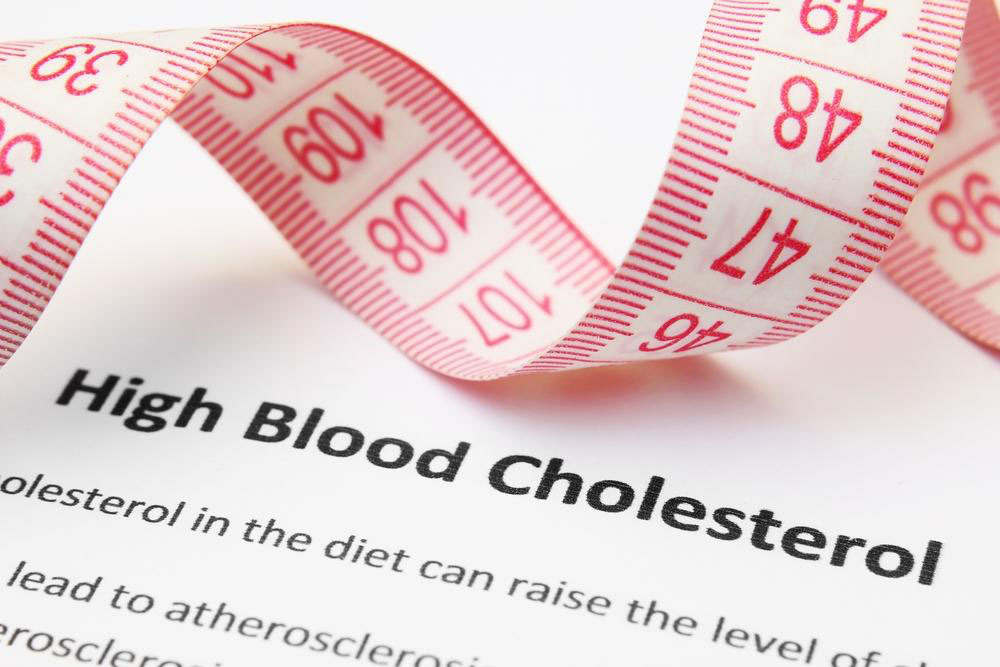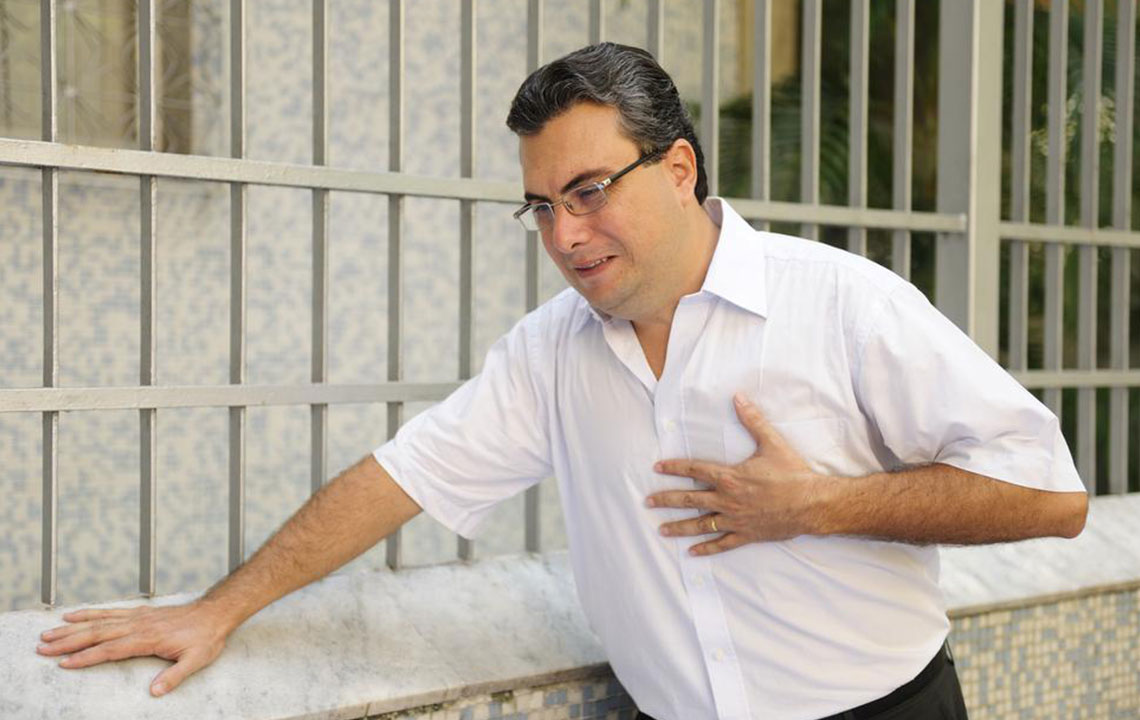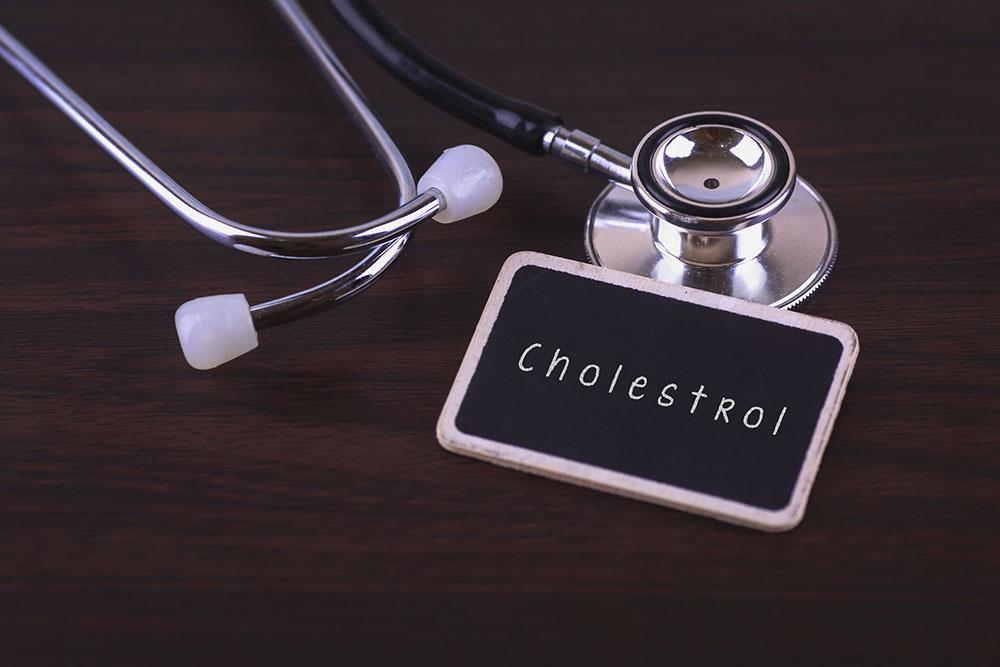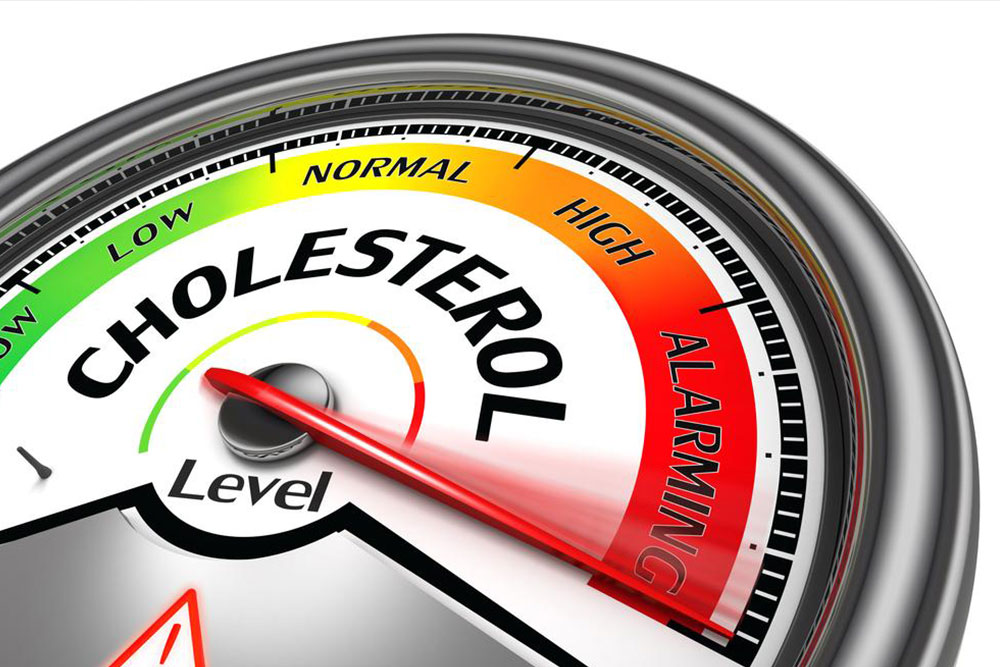Recognizing Symptoms of Elevated Cholesterol Levels
High cholesterol often shows no symptoms, earning it the nickname 'silent killer.' Elevated LDL levels can cause artery blockages, leading to health issues such as pain, stroke, heart attack, and angina. Recognizing mild signs and consulting medical professionals is crucial for prevention and management of high cholesterol-related risks.

Recognizing Symptoms of Elevated Cholesterol Levels
Many are unaware that high cholesterol, often called the silent threat, usually presents no obvious signs or symptoms. Unlike other health issues with clear indicators, changes in cholesterol levels can occur silently due to various factors.
Cholesterol comprises two main types: high-density lipoprotein (HDL), the beneficial cholesterol, and low-density lipoprotein (LDL), which can be harmful. Cholesterol is a fatty substance essential for cell membrane structure, but excessive LDL can cause health problems.
Elevated LDL levels can lead to artery blockage, reducing blood flow and increasing heart disease risks. High LDL particles travel through arteries, accumulating and narrowing them, which hampers organ function.
Key symptoms indicating high cholesterol include:
Pain in the legs during walking: Blocked arteries supplying blood to leg muscles can cause pain, hinting at high cholesterol.
Stroke: Blood flow to the brain may be obstructed by cholesterol buildup, leading to strokes.
Heart attack: Sharp pains on the left side of the chest are classic signs of a possible heart attack caused by arterial blockages.
Angina: Chest discomfort due to narrowed arteries affecting heart function can be symptoms of high cholesterol.
Minor symptoms related to high cholesterol are available online on reputable medical sites for awareness.
Note:
Our blog covers broad health topics, providing helpful insights based on research. However, these articles should not replace professional medical advice. We disclaim responsibility for possible inaccuracies or data discrepancies across platforms. Also, some beneficial schemes or offers may not be listed here, so always consult healthcare professionals for personal concerns.










